
Inside Story: What to do in the Dordogne
19/05/2025 · By Ian Holt
Explore France’s beautiful Dordogne region with Great Rail Journeys, uncovering picture-perfect river scenes, exquisite produce and astounding history.
Read moreAmid the wooded hills and beautiful countryside of the Dordogne Valley region in southern France, the medieval market town of Le Bugue nestles on a bend in the picturesque Vézère River. Although the tenth century Benedictine monastery around which Le Bugue grew no longer remains the town has prospered, surviving ancient skirmishes between France and England over control of the province of Périgord and enduring the hardships brought about by the French Revolution.
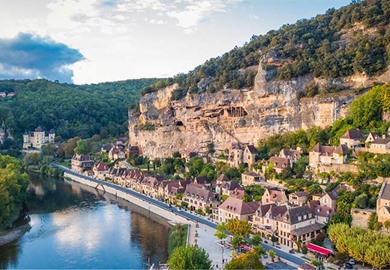
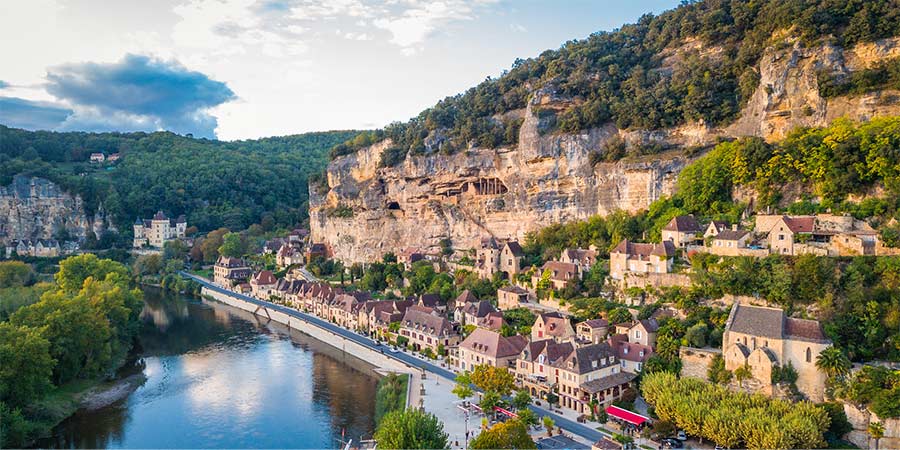
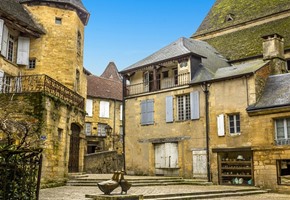
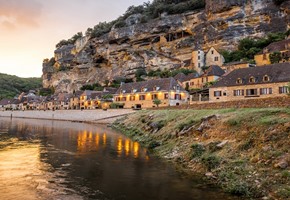
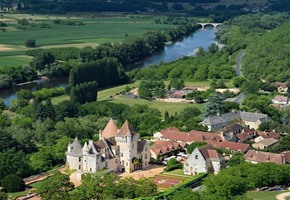
 (296 reviews)
(296 reviews)Based in charming Les Eyzies, explore this beautiful region renowned for picturesque villages, ancient history and excellent cuisine. Enjoy a relaxing cruise along the Dordogne from the village of La Roque-Gageac and discover the spectacular cliff-side pilgrimage site of Rocamadour. Delight in the sights and smells of fresh produce on market day...

Boasting a wealth of handsome nineteenth-century architecture
and a selection of appealing shops and restaurants, this charming
little town bursts into colourful life each Tuesday when it hosts a
market which is regarded as one of the best in the Périgord region,
and which sells a wide variety of fine and fresh local produce
along with toys, jewellery, clothes and a wealth of handicrafts
from woven baskets to wooden chess sets.
Le Bugue is home to Europe's largest private fresh-water aquarium:
the Aquarium du Perigord Noir which features over six thousand fish
along with caiman, pythons and an assortment of reptiles.
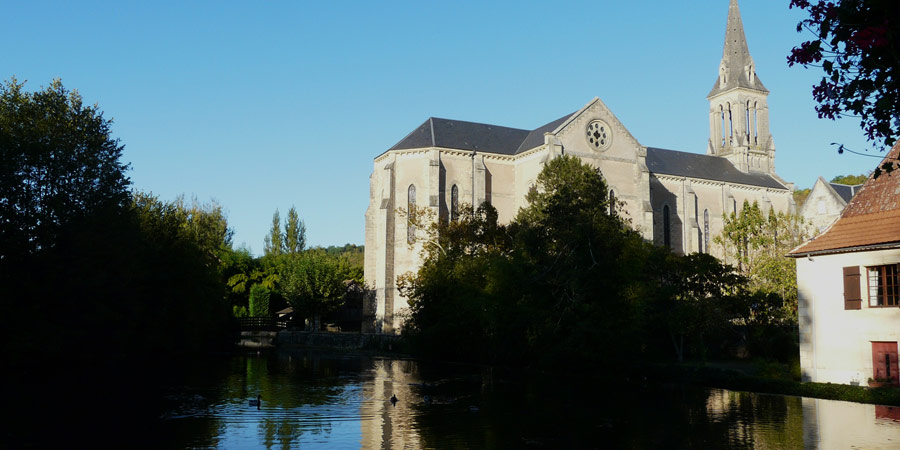
On the edge of the town, Le Bournat is a full-scale recreation of a nineteenth century French village complete with workshops in which ancient crafts such as glass-spinning, engraving, basket-weaving and pottery are kept alive. There is also an original, and still working, walnut oil mill here.
The pre-historic Bara-Bahau cave lies one kilometre northwest of the town. Discovered in 1951 this cave, which extends for a distance of around one hundred metres contains cave paintings and engravings of animals including cattle, horses and bears and which are estimated to date from at least 15,000 years BC.
The Vézère Valley is renowned for its wealth of important prehistoric sites which, collectively, have obtained UNESCO World Heritage site status. Perhaps the most famous of these sites are the caves at Lascaux, 36 kilometres northwest of Le Bugue. Here, some of the very best-preserved cave paintings, more than 17,000, years old were discovered. The original caves are no longer open to the public due to the damage sustained, but a replica of two of the main caverns, bearing reproductions of the famous paintings, has been built two hundred metres from the original site.
Le Bugue's neighbouring village, Saint-Cirq, which lies four kilometres to the east of the town, is the site of a prehistoric cave known as 'the Sorcerer's Cave', which features among many remarkable engravings of animals an outstanding depiction of a male human figure with a detailed and expressive face; one of the best images of prehistoric man discovered anywhere in the world.